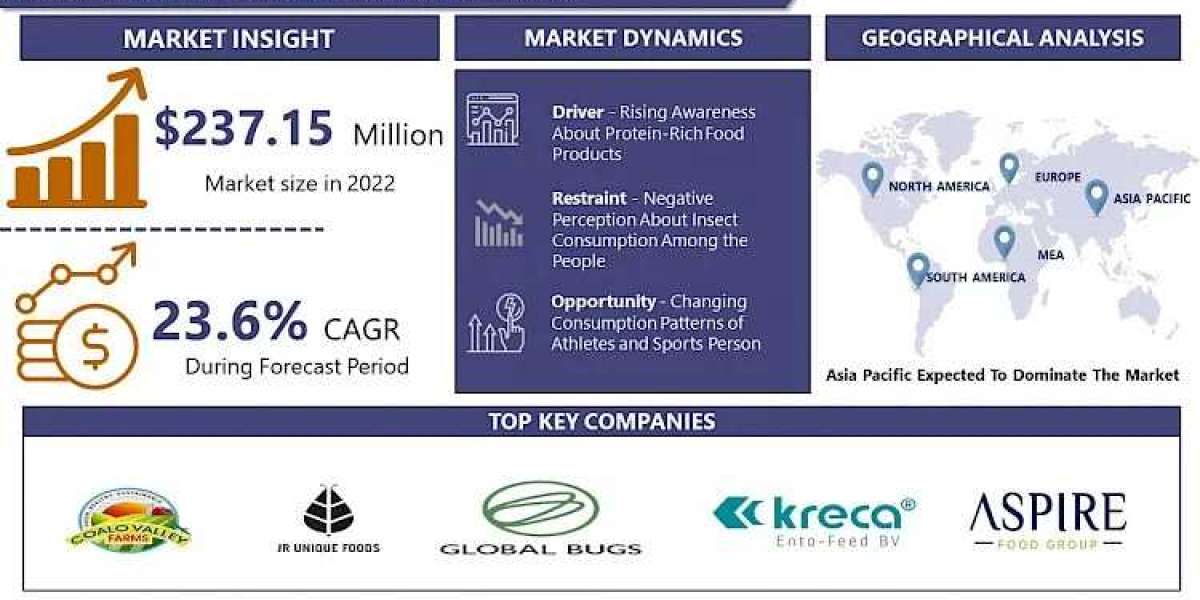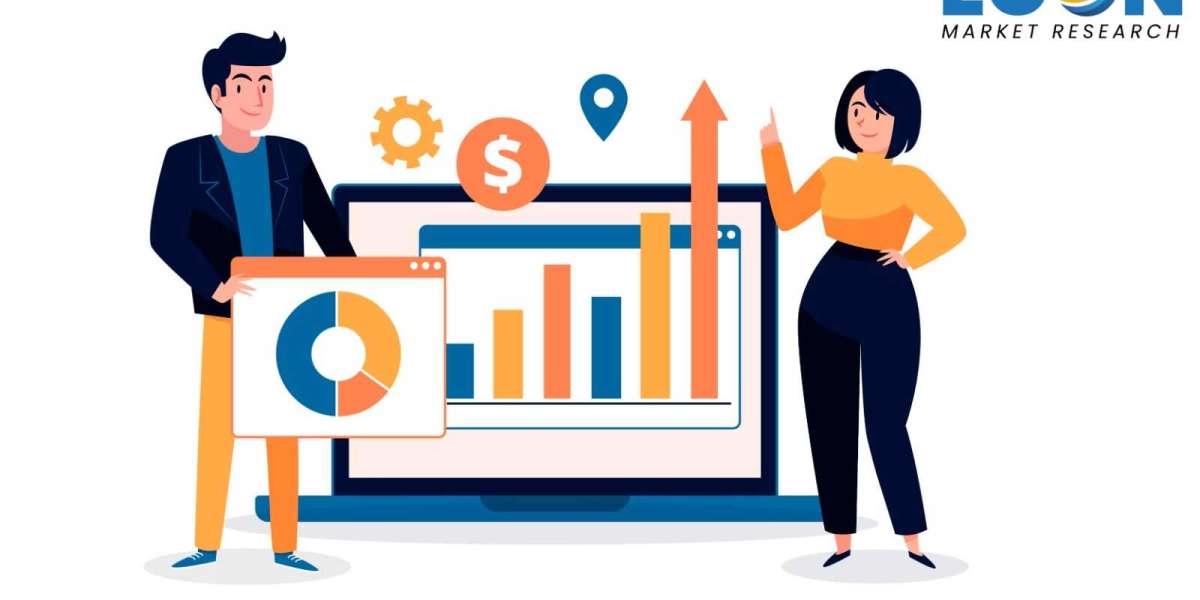WHAT MAKES THEM DIFFERENT?
The main difference between nano and micro-influencers is the number of followers they have.
Nano-influencers have an audience of 1,000 to 10,000 people. Even though their reach might seem small, they create close-knit communities based on shared interests and experiences. This leads to a strong sense of trust and makes their recommendations very persuasive to their followers.
Micro-influencers have between 10,000 and 100,000 followers, giving them a potentially wider reach than nano-influencers. They still focus on a specific niche, making them experts in their field. Their promotion lets brands connect with a targeted audience while also increasing brand awareness.
WHY BRANDS PREFER NANO AND MICRO INFLUENCERS
1 — Engagement
Studies show that nano and micro-influencers have higher engagement rates (likes, comments, shares) than mega-influencers. Studies suggest that nano and micro-influencers have a higher engagement rate compared to mega-influencers, who typically achieve a rate of only 1.63%. In fact, nano-influencers outperform micro-influencers in terms of average engagement rate, with a score of 9.3% compared to micro-influencers’ 4.9%.
2 — Authenticity and Community
Unlike mega-influencers who can seem like distant celebrities, nano and micro-influencers are seen as relatable experts in their niche. They build a sense of community with their followers, creating genuine connections and trust. This authenticity comes across in their content, making their endorsements feel more natural and persuasive. As a result, research shows that 70% of social media users tend to place greater trust in micro-influencers compared to celebrities.
3 — Affordability
Working with nano and micro-influencers is usually more budget-friendly than partnering with mega-influencers. This makes it possible for brands with smaller marketing budgets to use influencer marketing to reach their target audience effectively. Nano and micro-influencers are cost-effective options for marketing campaigns, as they are 6.7 times more efficient per engagement compared to other influencer categories.
4 — Targeted Reach
Nano and micro-influencers often focus on specific niches, allowing brands to create highly targeted influencer marketing campaigns. Micro-influencers make up 47% of all content creators. This large number means that there are many small bloggers who focus on very specific niches. Since they cater to particular interests and often have similar experiences as their followers, brands’ partnerships with nano and micro-influencers enable their messages to reach the right people more effectively.
WHEN TO CHOOSE MICRO-INFLUENCERS
Choosing between nano and micro-influencers depends on your marketing goals and target audience.
If your main goal is to increase brand awareness and get your brand name in front of more people, the larger reach of micro-influencers can be useful. They can help you establish brand recognition within your target niche.
If your brand caters to a niche with various sub-interests, micro-influencers who cover a wider range of topics within that niche might be a good fit. For example, if your brand sells fitness apparel, partnering with micro-influencers who focus on different fitness activities like yoga, running, or weightlifting can help you reach a broader audience within the fitness niche.
Banana Republic: Targeting the Gen Z
Banana Republic has started using micro-influencers to show off their clothes. These micro-influencers are usually travel enthusiasts or fashion bloggers who represent the brand’s adventurous and stylish image. By wearing Banana Republic clothes in their daily lives and while traveling, these micro-influencers create a sense of authenticity and help connect the brand with a younger generation of fashion-conscious consumers.
WHEN TO CHOOSE NANO-INFLUENCERS
If your main goal is to build a deep connection and engage with a very specific audience, nano-influencers are a great choice. Their tightly-knit communities allow for more personal interactions and a better chance of meaningful discussions about your brand.
For example, a brand that specializes in gluten-free baking supplies might benefit from partnering with nano-influencers who focus on gluten-free recipes or living a gluten-free lifestyle. This will help you reach a highly targeted and interested audience.
Doughlicious: Going After Local Markets
Doughlicious, a UK brand famous for its gluten-free gelato-filled cookies, has found a smart way to reach customers in both the UK and US. Instead of using mega-influencers, they’ve built a network of nano-influencers who have small but highly engaged local followings. By partnering with these nano-influencers, Doughlicious is able to effectively promote their delicious treats to both UK and US audiences, increasing their brand’s international reach.
Micro and nano-influencers have proven to be effective in reaching and engaging with targeted audiences. Their trustworthiness makes them a valuable asset for businesses. Partnering with such content creators can not only bring new clients to brands, but also make them more respected in niche communities.


